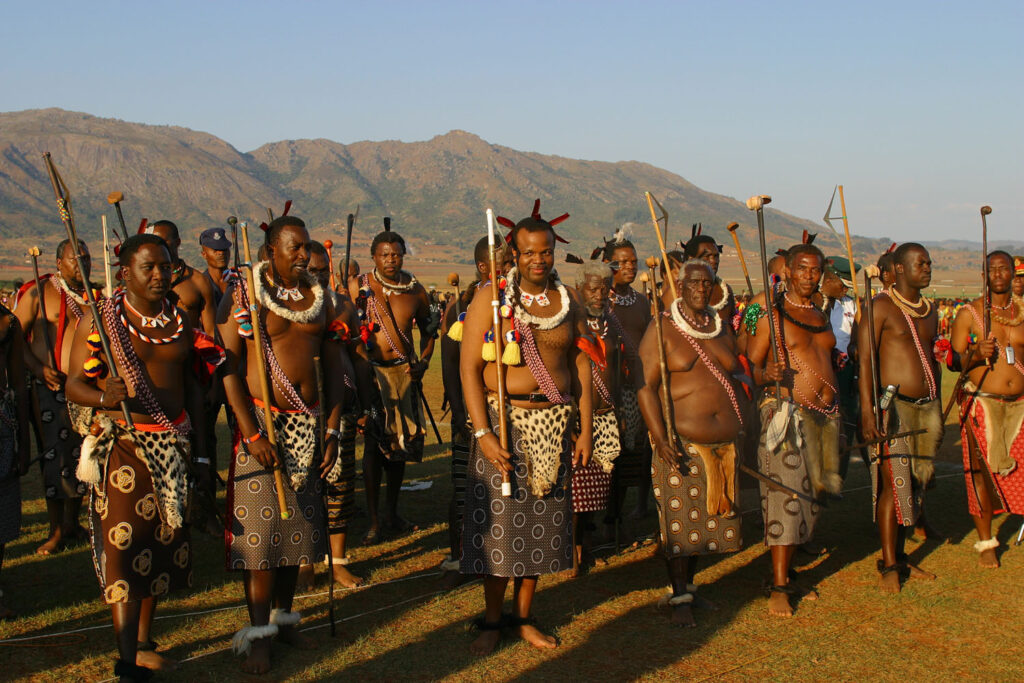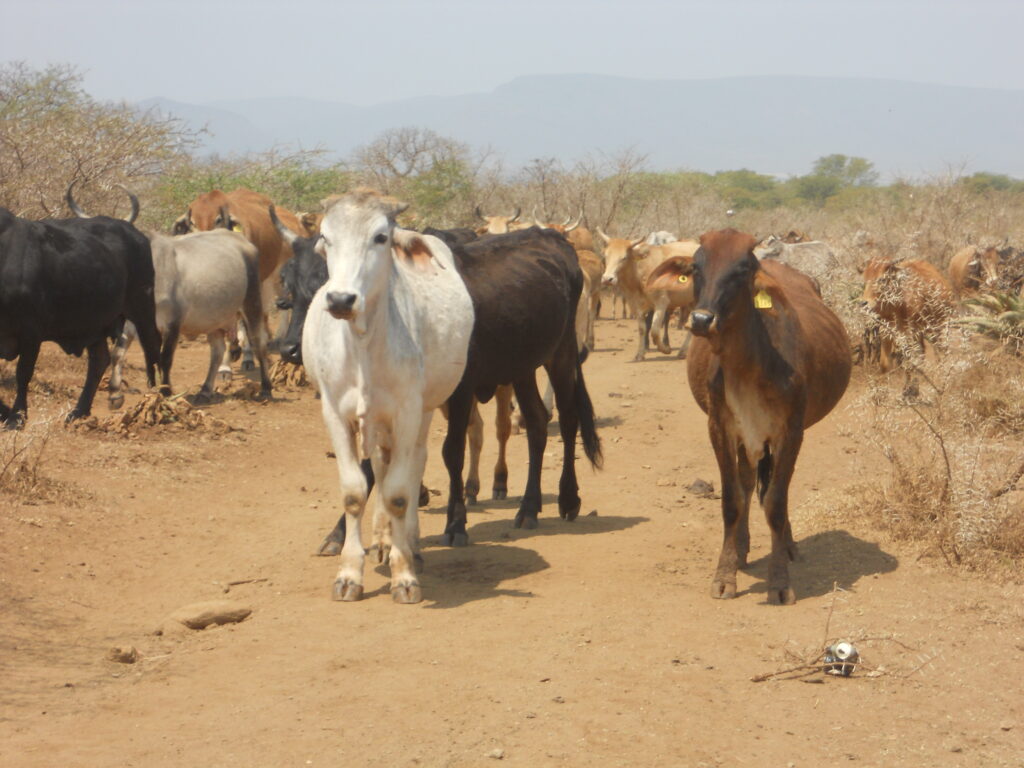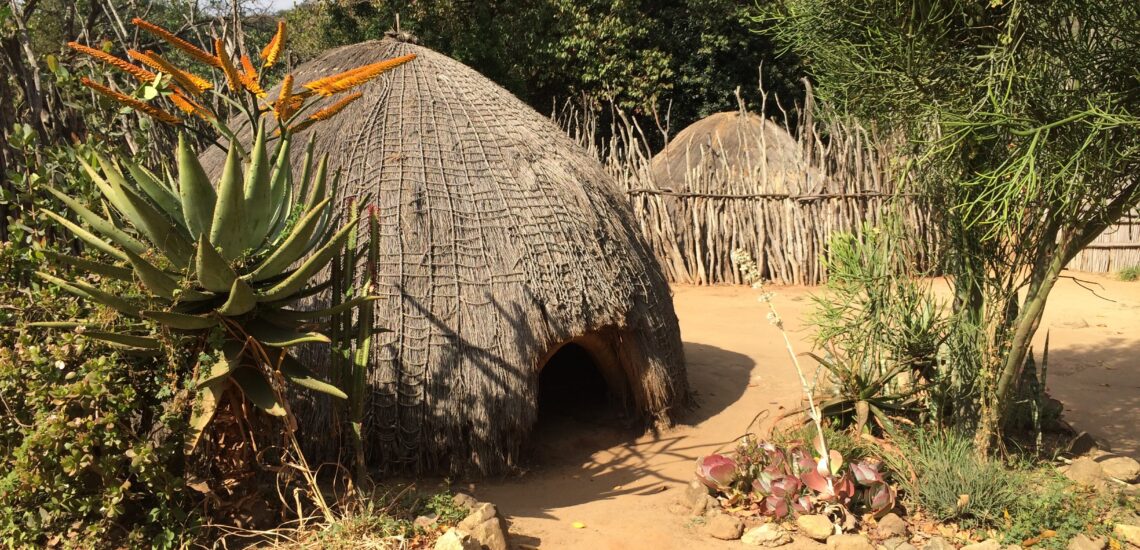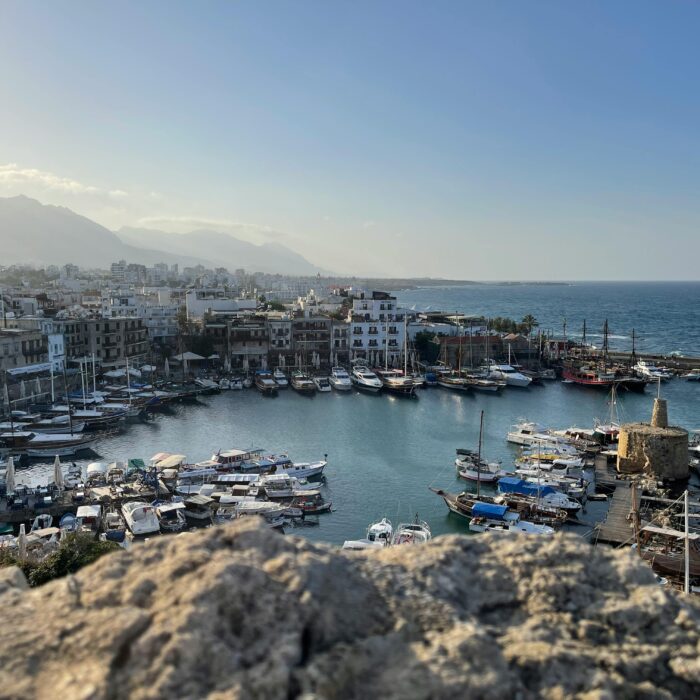Короткі факти про Есватіні:
- Населення: Приблизно 1,2 млн осіб.
- Столиця: Мбабане (адміністративна) і Лобамба (законодавча і королівська).
- Найбільше місто: Манзіні.
- Офіційні мови: Сваті та англійська.
- Валюта: Свазілендський лілангені (SZL), який прив’язаний до південноафриканського ранду (ZAR).
- Уряд: Абсолютна монархія.
- Основна релігія: Християнство (переважно протестантство), також практикуються місцеві вірування.
- Географія: Розташована на півдні Африки, межує з Південною Африкою на заході, півдні та півночі та Мозамбіком на сході. Країна відрізняється різноманітністю ландшафтів, включаючи гори, савани та річкові долини.
Факт 1: Есватіні – остання абсолютна монархія в Африці
Есватіні, раніше відомий як Свазіленд, є останньою абсолютною монархією в Африці. Політичний устрій країни характеризується широкими повноваженнями короля над урядом і суспільством. Король Мсваті III, який перебуває при владі з 1986 року, має як виконавчу, так і законодавчу владу, і немає офіційного поділу між монархією та державними установами.
Ця система абсолютної монархії означає, що король має значний контроль над політичними рішеннями, законодавством і судовою системою з обмеженою політичною опозицією або демократичними структурами. Постійна прихильність Есватіні до цієї форми правління робить його унікальним серед африканських країн, більшість з яких перейшли до різних форм демократичних або напівдемократичних систем.

Факт 2: Для такої маленької країни тут дуже багато біорізноманіття
Есватіні, незважаючи на свій невеликий розмір близько 17 364 квадратних кілометрів (6 704 квадратних миль), відрізняється вражаючим біорізноманіттям. У країні мешкає понад 100 видів ссавців, у тому числі значні популяції слонів і носорогів. Його пташиний світ настільки ж багатий, тут зареєстровано понад 400 видів, що робить його важливим місцем для спостереження за птахами.
Різноманітність ландшафтів Есватіні, починаючи від пишного Хайвелда і закінчуючи саванною Лоувельдом, сприяє його екологічному багатству. Країна створила кілька охоронюваних територій, включаючи Королівський національний парк Хлейн і природний заповідник Млавула, які відіграють вирішальну роль у збереженні цього біорізноманіття. Різноманітність екосистем на такій невеликій території підкреслює важливість Есватіні як гарячої точки біорізноманіття.
Збереженню різноманітності також допомагають суворі закони, які дозволяють мисливським рейнджерам вбивати браконьєрів, яких вони спіймають на місці.
Факт 3: Король Мсваті III має 13 дружин, і, швидше за все, з’явиться більше
Король Есватіні Мсваті III відомий своєю великою кількістю дружин. У нього 13 дружин, число, яке відображає традиційну практику полігамії в королівській родині країни. Ця практика глибоко вкорінена в культурних та історичних традиціях народу Свазі.
Шлюби короля Мсваті III часто пов’язані з різними соціальними та політичними ролями, включаючи союзи з різними сім’ями та громадами в Есватіні. Також нерідко трапляються додаткові шлюби, оскільки традиція дозволяє королю з часом брати більше дружин. Ця практика продовжує залишатися важливим аспектом ролі та статусу короля в культурному середовищі Есватіні.

Факт 4: Попередній король Есватіні був монархом, який керував найдовше в історії Африки
Король Собхуза II, який правив Есватіні з 1899 по 1982 рік, є рекордсменом як монарх, який керував найдовше в історії Африки. Його правління охопило понад 82 роки, чудовий період, протягом якого він керував королівством через значні політичні та соціальні зміни.
Собхуза II був відомий не тільки своїм тривалим правлінням, але й своїми широкими полігамними шлюбами. У нього було 125 дружин, і ця практика глибоко вкорінена в культурі та традиції Свазі. Кожен шлюб часто використовувався для зміцнення політичних союзів і зміцнення влади. Ця розгалужена мережа шлюбів допомогла зберегти стабільність і зміцнити його авторитет протягом усього правління.
Його правління стало свідком суттєвих змін, включаючи перехід від британського колоніального правління до незалежності в 1968 році. Незважаючи на ці зміни, Собхуза II залишався центральною фігурою в традиційному правлінні та культурних практиках Есватіні. Його тривалий вплив все ще відчувається в країні сьогодні, що відображає його значну роль у формуванні історичної та культурної спадщини Есватіні.
Факт 5: Десятки тисяч жінок щороку беруть участь у фестивалі Умхланга
Фестиваль Umhlanga, також відомий як «Танець очерету», є важливою щорічною подією в Есватіні, яка приваблює десятки тисяч учасників. Цей традиційний фестиваль, який зазвичай проводиться в серпні або вересні, відзначає культурну спадщину народу Свазі та є важливою подією для громади.
Під час фестивалю тисячі молодих свазійських жінок, відомих як «діви», беруть участь у танці «Очерет». Учасники, яких часто налічують десятки тисяч, збираються, щоб зрізати очерет з берегів річки та подарувати їх Королеві-Матері. Фестиваль є яскравим проявом культури Свазі, що включає традиційну музику, танці та вишуканий одяг.

Факт 6: В Есватіні велика кількість білих і чорних носорогів
Есватіні є домом для значної кількості білих і чорних носорогів, що робить його важливим місцем для збереження носорогів у Південній Африці. Зусилля країни з охорони природи були особливо зосереджені на захисті цих зникаючих видів, які мають вирішальне значення для біорізноманіття та екологічної рівноваги.
Популяція білих носорогів в Есватіні вирізняється своєю чисельністю, тому намагаються зберегти та збільшити цю кількість за допомогою різноманітних програм збереження. Чорний носоріг, який перебуває під більшою загрозою зникнення, також знаходить притулок у заповідних зонах Есватіні.
Примітка: Якщо ви плануєте подорожувати країною самостійно, перевірте, чи потрібен вам міжнародний водійський дозвіл в Есватіні для керування автомобілем.
Факт 7: Есватіні, мабуть, найстаріша залізорудна шахта у світі
Вважається, що Есватіні є домом для однієї з найстаріших залізорудних шахт у світі. Стародавня залізорудна шахта в Нгвенья, розташована в західній частині країни біля кордону з Південною Африкою, датується принаймні 43 000 років тому. Цей сайт містить докази ранньої технологічної та промислової діяльності людини.
Шахта Ngwenya важлива завдяки ранньому використанню методів виплавки заліза, які були розроблені задовго до того, як подібна практика була широко поширена в інших частинах світу. Археологічні знахідки на місці включають давні методи видобутку залізної руди та виплавки, а також докази масштабних гірничих робіт.

Факт 8: Ситуація з ВІЛ/СНІДом в Есватіні є катастрофічною
Приблизно 27% дорослих у віці від 15 до 49 років живуть з ВІЛ, що є одним із найвищих показників у світі. Така висока поширеність призвела до значних проблем у сфері охорони здоров’я та має глибокий вплив на соціальну та економічну структуру країни.
Епідемія ВІЛ-інфекції в Есватіні призвела до широкого розповсюдження проблем зі здоров’ям, включаючи високий рівень захворювань і смертей, пов’язаних зі СНІДом. Криза посилюється такими факторами, як обмежений доступ до медичних послуг, соціально-економічні умови та стигма, пов’язана з хворобою.
Факт 9: В Есватіні сім’я нареченої отримує гроші від сім’ї нареченого
В Есватіні традиційні шлюбні звичаї включають звичай, відомий як «лобола» або «викуп нареченої». Це означає, що сім’я нареченого сплачує певну суму грошей або надає речі сім’ї нареченої як частину шлюбної домовленості. Лобола служить багатьом цілям: це спосіб вшанувати родину нареченої за її виховання та офіційне оформлення союзу між двома родинами.
Кількість і форма лоболи можуть змінюватися в залежності від таких факторів, як соціальний статус сімей і особливості шлюбної угоди. Ця практика глибоко вкорінена в культурі та традиції Свазі, що відображає важливість сімейних зв’язків і цінність шлюбу в суспільстві.

Факт 10: Пір’я птаха лурі є ознакою королівської влади
В Есватіні пір’я птаха лурі, також відомого як птах «лорі» або «лорі», справді є символом королівської влади та високого статусу. Птах лурі є рідним для цього регіону, і його пір’я використовується в традиційних регаліях і церемоніальному вбранні.
Використання пташиного пір’я лурі в королівських і церемоніальних контекстах означає високий статус власника та зв’язок із монархією. Ця традиція відображає ширшу культурну практику в Есватіні, де символи влади та престижу глибоко вкорінені в національних звичаях і церемоніальних практиках. Пір’я часто додають до складних головних уборів та іншого традиційного одягу, який носять члени королівської родини та під час значущих культурних заходів. Іншим людям носити пір’я суворо заборонено.

Опубліковано Вересень 15, 2024 • 7хв на читання





